|
This is a little holding spot for some of my musical memories with colleagues and students, when I actually remembered to take or follow up on a photo!
0 Comments
The Queensland Music Teachers' Association has officially turned 100 and is looking pretty good for their age! This year has been full of celebration events, kicking off with an official centenary launch at the Queensland Conservatorium of Music on April 9th. You can read my review of the evening, as published in the Bravura journal, here.
Just to give a little background... The QMTA is THE professional body for instrumental teachers in Queensland. Each state has their own MTA that provide professional development opportunities, collegial meetups and student events. MTAs are the place to begin your search for suitably qualified, expert instrumental teachers. For more information, explore the website www.qmta.org.au embedded below or you can search online for your state's MTA - just make sure you put 'music teachers association' into the search engine if you want to avoid results that include mechanics and medics!  This manifesto for my own teaching is a result from the recent MOOC I’ve studied on Music Education in the 21st Century presented by James Humberstone. My previous blogs (see below) have documented my thoughts throughout the course. In the MOOC, we’ve been shown different types of musical creativity through different genres and how technology has impacted on these genres. Instrumental music has always relied on technology to inform the style and type of music playable. The 20th century has seen the addition of electronic and digital instruments which change many musical elements such as timbre and pitch possibilities. The ability to record has also reduced reliance on music literacy and notation, and increased consumption, widening audiences so that Western music now impacts on larger areas of the world. The challenge as a teacher is to take these technologies and use them as tools to achieve musical outcomes with students who have varying musical ability. Musical activities such as performing, improvising, composing now have applicable technologies available which can make activities more efficient, achievable, and shareable. As a teacher, I have a working experience in these types of technologies so now I need to incorporate these in an authentic way. This includes pre-planning, scaffolding, and managing the technology within the classroom environment. Technology can also be used to create resources and activities that students can access in their own time and in their own space, so it is worth my while taking time to organise these. Most important to me is that students have performance experience so that their interaction with music is as a musician, not an observer. This is vital during the non-elective years, in Stage 4, as in Australia, this may be the only time a student actually studies music. As a teacher, I also identify myself as a performer and composer, and I would like my students to see themselves as performers and composers. I can encourage this by incorporating as many performance activities as possible into any teaching activities, using musicology, listening, improvisation and composition for project-based learning. Music literacy is very important to me but I would prefer that a knowledge of music notation come from creating and playing rather than worksheets, starting with basic patterns and working towards complex ideas. During the non-elective years of music classes, a combination of ensemble performances and individual compositions could allow students who already have musical experience to share their skills with those who don’t. ‘Mixed-bag’ arrangements which encourage musical literacy as well as allowing for moments of improvisation could help with inclusion of students of all musical abilities. An exciting way into music for the non-elective years is to work backwards from known music, into the unknown. This makes contextual teaching relevant and also can create interesting discovery experiences. Sites such as www.whosampled.com can help students gain insight into music they already know and uncover where their preferred music has come from. This also helps to show students how new can be created from old and give models for composition. Challenging this performance-centric approach are the HSC requirements which include a written exam that tests aural skills and requires musicological understanding to successfully complete. Students can learn these skills this by using musicological language and the concepts of music to explain their own choices when putting together a composition portfolio for any performance. The activities which are undertaken in music classes are vastly different to other subjects and music naturally lends itself to now-trendy large-based projects in composition and performance. If I can approach my teaching in an authentic way as a musician and pass on these experiences to my students, then hopefully my students will remain engaged with music throughout their life. All I need is a regular classroom teaching job to try it all out. What is a MOOC? If you've missed the movement, it's a Massive Open Online Course, and I've been studying one these last few weeks. We've been set a few questions this week and I'm finding it tricky to tie them all together, so here they are as individual points. - In the MOOC, we were introduced to the Digital Audio Workstation (DAW) or sequencer, which apparently were different things but now are basically the same. Notation software and its capabilities were also discussed. I have a lot of experience with Sibelius (notation software), Garageband, and have also used Soundation in schools that didn't have suitable software available. These are such fabulous tools, especially Sibelius, which is my number one in music technology. - We've also had a few videos throughout the MOOC trying to convince us that DJ-producers have "an awful lot of sophisticated musical skills", which they do. 0've chatted with a few colleagues about this who have pointed out that DJ-producers 'produce' music from pre-existing music and my limited experience with DJ-producers is that they are trained at places like artschools or DIY rather than conservatoriums. Regardless of the debate, I am considering buying a Launchpad just to see what it's all about - my kids also like the look of it. See the video below for an example. - In this week's MOOC, we were also introduced to David Price and his insight into the future of education. I was lucky to hear him back in 2007 when my old employer, the Music Council of Australia, began to work with him and his 'Musical Futures' project is now widely used in Australia. In the MOOC video, Price points out that open learning, where amateurs and experts share knowledge via online environments such as YouTube, is not a future but is something that has already been. I know I've relied on expert/amateur online advice, most recently when I had to remove over 20 'Molly Bolts' from our lounge room walls. I didn't even know the plugs I needed to remove were called molly bolts until I found the videos! I've seen open learning happen a lot in my own studio, where students bring in something they've learnt via YouTube videos, and I also encourage them to share their own performances online. Other open learning happens via places such as this MOOC's Coursera, where top universities can be accessed for free by anyone who has a computer and access to the internet. Some examples of open learning in music include:
- how to play a basic samba - too many tutorials of how to play on the guitar 'Love Yourself' by Justin Beiber - how to conduct a choir And the page I will need when I buy a Launchpad... http://www.musictech.net/2015/06/ableton-live-tutorial-using-novation-launch-control/ In this exciting environment, one of our main jobs now as teachers is to help students develop quality filtering skills so that they recognise a good course or video when they see one. - My final point for this post concerns PBL or project-based learning. This type of learning already exists in music as students often undertake large-scale projects when composing, performing, or researching. These are real-life musical activities that require individuality and initiative to succeed. Musicians also work together and learn from each other so are used to solving problems from several different angles. However, the online environment offers so many option for worldwide collaboration across classrooms and technology allows for efficiency in completing projects. Musical projects such as the Virtual Choir demonstrate just how successful the blend of these can be and are leading examples for other subject areas. I've seen a few interesting videos recently that show in an exciting and innovative way just how technology can be used in education. Each video, such as Mitra's engaging presentation on his concept of a 'School in the Cloud', would make it seem that teachers in the traditional sense are no longer needed. This is not true. Teachers are leaders in pedagogy and any technology success in educational settings only comes from their skill in choosing and implementing it as needed. For me, any incorporation of technology in a music course must enhance the musical output and so I see technology as a tool that teachers can use, rather than an outcome in itself. Informal pedagogies in music education and their incorporation of technology tend to set themselves up around pop music. One article by Don Leblar on the master-less studio is an example. However, I am worried that informal pedagogies that validate and promote pop music methods may lead to more pop music, rather than artistic music - yes, there is a difference, and society is becoming less and less aware of the difference. Any technology used in education needs to support the type of music being studied. Informal pedagogies can be used across all types of music education, because they are informal, but they will not necessarily lead to musical mastery and skill. Below is my 'creative' response that outlines in a practical way my position on technology - a choral composition titled Provocation. In writing this composition, I used the following technology: - Sibelius 7.5 - an online translator I used Sibelius to notate my composition. As music teachers, we should be able to call ourselves 'masters' in our discipline. My training in music allowed me to compose the piece, including setting of text, voice leading, choice of key and harmonic progression, and understanding of the instrumentation used. I relied on my ear rather than the software to inform the sound. All the compositional choices, whether appreciated or not by the listener, are conscious and educated choices. For the text, I used an online translator to translate my thoughts in English to Latin. However, I have no training in Latin so have relied on the translator to do an accurate job for me. I've tried translating the Latin back to English and have found that it makes no sense. Therefore, my conclusion is that technology is only useful as a tool if you know what you're doing in the first place. I need to find a master in Latin. The original English text basically is: "Who writes the information? Who publishes it? Teachers are more than holders-of-knowledge. They inspire, question, encourage, are authentic, passionate, articulate and intellectual. Technology is a tool for lifelong learning but is not something that can model, question, inspire, create passion, demonstrate authenticity, think for itself or articulate what it wants to say. Technology is 0 or 1." I chose to write this for a choir, not only because it involves text, but also because of my background in the Kodaly method and its reliance on singing, Richard Gill's 'Counterpoint' thoughts and my recent viewing of Wide Open Sky showcasing Michelle Leonard's work with her outback childrens choir. This demonstrates my priority on music-making as an acoustic, living experience, as well as my love for the classical choral tradition. For this reason, I haven't recorded Provocation. The only way to experience it (if you really want to!) is to perform it live with a few other musicians - this can be done in real-time whether in the same room or connected virtually. If you can't see the file below, you can download it here. 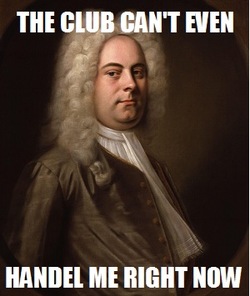 There’s a perception that classical musicians are different to pop musicians. On some level, this is true when it comes to learning experiences, and as teachers, we need to choose the right pedagogy for the style being studied. However, there are some similarities across all styles of music and we can use these similarities to bring relevance to new music when expanding student musical horizons. So what types of experiences can we give students?
In the classroom, we can start with these common music-making skills that exist across genres and use these to create relevance for the student from known music to the unknown. This way, we can create a balance between what is seen as 'classical' and what is seen as 'pop'. From here, we can then hone in on specific pedagogies to learn specific styles. Music pedagogy, for ourselves as musicians, and for our students, need to authentically align with the musical style we are studying. We need to model ourselves as 21st-century musicians and interact with music in a musical way, not merely a historical and theoretical way, in order to remain relevant. More reading
 Technology has always influenced the musical world and redefined parameters for composition, both in the electronic and acoustic music. A simple example within my own world can be seen with keyboard instruments where the smallest harpsichord had 48 keys while the modern piano has 88 keys, widening the range of notes that can be used in a keyboard composition. There is a parallel with this in new technology and much music-making is now easily created using computers and software. As teachers, we can create new opportunities for musical learning through technology and in teacher-speak, the TPACK framework helps us to understand how to incorporate this into the classroom environment. In his book Music Technology and Education: Amplifying Musicality (2015), Andrew Brown discusses three metaphors of technology in music education that fall into the TPACK model:- 'technology as a musical tool'; 'technology as a musical medium'; and 'technology as a musical instrument'. ‘Technology as a musical tool’ is easily implemented and already widely used in music classrooms across the world. In my own teaching, I've used programs such as Auralia which mimic and extend traditional aural exercises help to increase a student's musical understanding and musical intelligence. ‘Technology as a musical medium’ refers to the type of technology which enables an activity and sometimes has more capability, depending on the student, to capture and convey musical ideas. An example of this is composition which, in Western music, is traditionally notated on paper, but now can be easily (and some say, easier) notated using software such as Sibelius. I prefer pencil and paper but regularly use Sibelius and find that students can get a result quickly with this software. Both of these metaphors have enhanced music education. In the video below, Stephen Heppell discusses the creative ways that technology has been incorporated into the classroom. Although these are not music-specific, it does give the feeling that anything is possible. David Price below discusses the way technology empowers learning, including music-specific examples such as collaborating online, creating works for high visibility and removing the 'middle-man', which has had a large impact on the music industry. Anyway, back to Amplifying Musicality...
Of Brown's three metaphors, ‘technology as a musical instrument’ is the most controversial for me, requiring a change in definition as to what makes a musician. Traditional music requires skilled, practised musicians to play on musical instruments of quality, conveying sound that sits within a pre-determined scale system. There is an argument that the same can be achieved using digital technology, even though 'immediate gratification with little effort is possible' (Brown, 2015). Technology can create new opportunities but these opportunities are not necessarily the most artistic or true to the Western music tradition. For me, the issue in re-defining technology as a musical instrument, capable of artistic expression, is that it can remove the idea of the live musician who uses body movement to produce an expressive, accurately-rendered, personally-interpreted performance taken from a rich range of repertoire. Most digital music is created pre-performance not in a live situation and therefore is composed not performed. Easy way outs such as replacing orchestral accompaniment with digital orchestras for theatrical shows lack musical collaboration (and joy) and favours efficiency. In the context of a curriculum, if definitions of music-making are to be broadened to include digital music-making, it must include the experience of a musician as a live performer within the digital music context. In this way, ‘technology as a musical tool’ types of software like Auralia and ‘technology as a musical medium’ types of software like Sibelius also remain relevant, because it develops the necessary musicianship skills needed for live musical performances. In my ideal world, teaching music students to value live performance should then hopefully translate into adults who value the richness of live performance.
Today, I've begun another Coursera course, this time run by James Humberstone from the Con (USyd), on technology in music education. Technology is the vehicle by which I'm even able to undertake this course, so I'm already a convert of sorts. It's great being able to study while doing mundane activities like cooking and driving. I love that my paella can continue to simmer while I listen to Dr Humberstone's slickly-produced exploration into three Sydney schools' attitudes towards technology and pedagogy, though I'm not sure if I'm wearing Fair Trade clothing or not (sorry Dr Humberstone). I'm looking forward to the next module in the course. For Dr Humberstone's course, go to https://www.coursera.org/learn/music-education/home/welcome For more Coursera courses, go to www.coursera.org For my obligatory video, here's how to make paella.
Here's a gorgeous short film by the talented Stuart Bowen. I was lucky enough to be asked to play for some of this, it's bit exciting that my hands have been seen at so many film festivals!
"Ever since he was a child, Woody has dreamt of playing piano. The problem is that he only has wooden paddles for hands. Stuck in a job he doesn't want, Woody spends his days dreaming of being a concert pianist. His dreams are big…but they're about to get out of hand." Woody is a stop-motion animation shot in Sydney, Australia (2013). WOODY from Stuart Bowen on Vimeo. |
My BlogReflections/news on music, piano and music teaching, and anything else that pops up. Archives
October 2021
Categories
All
|

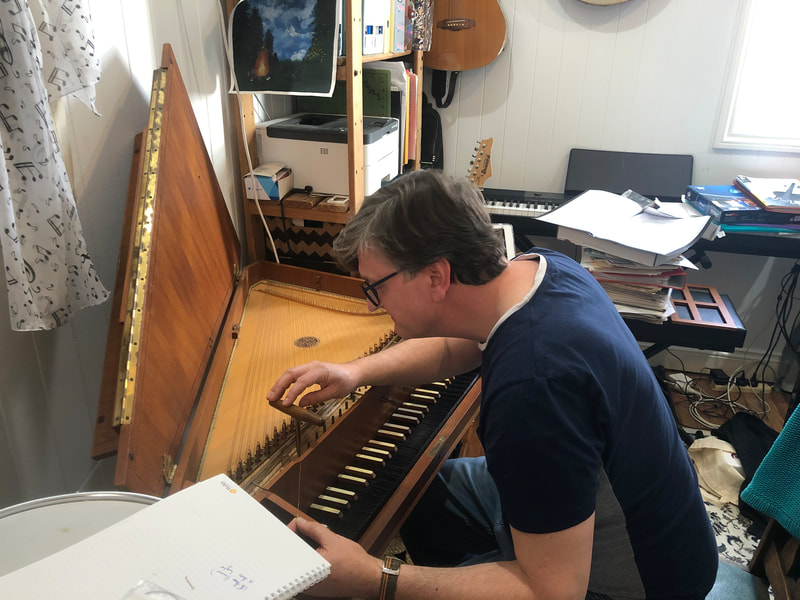

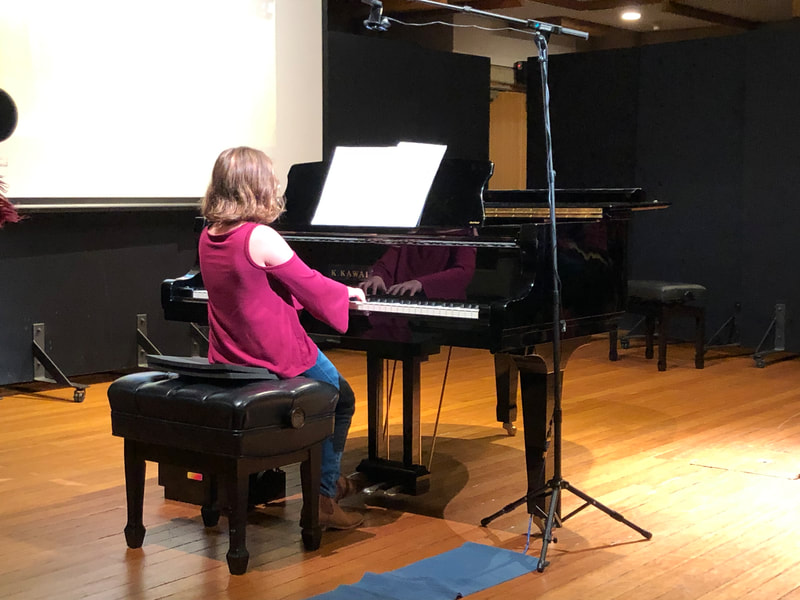



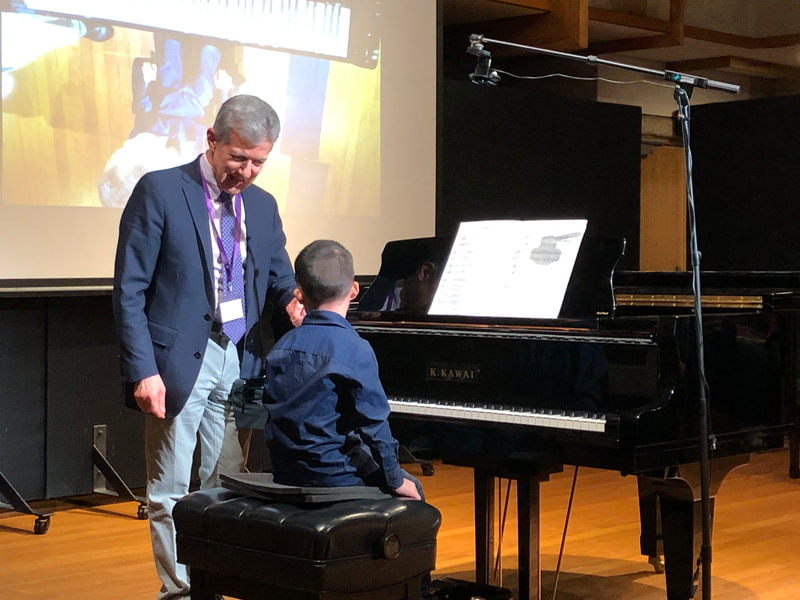

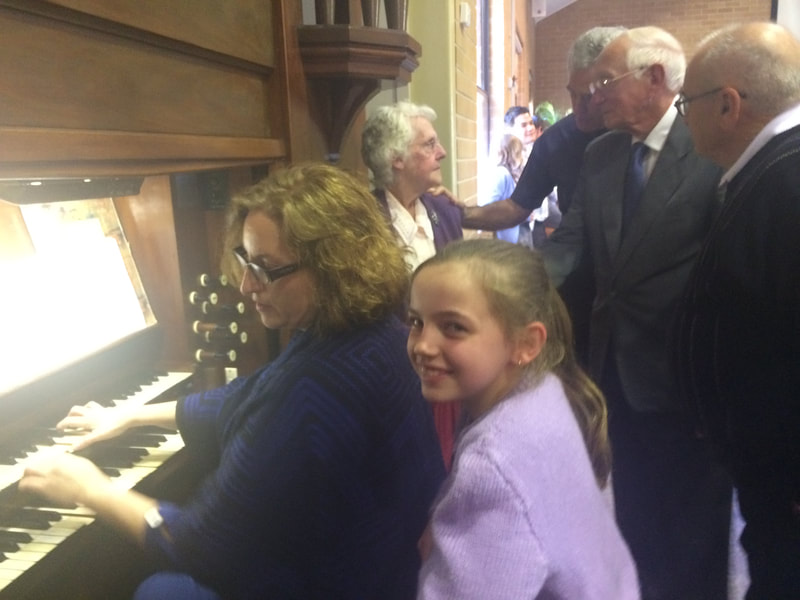






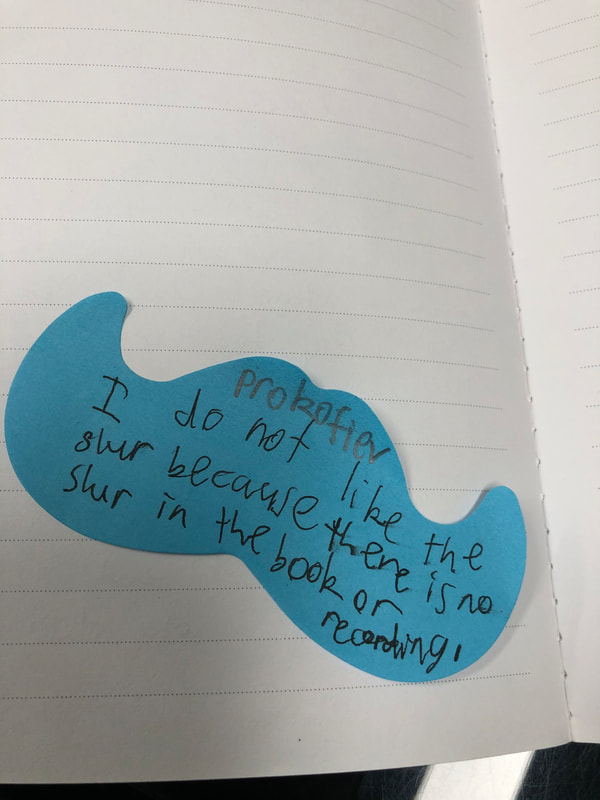












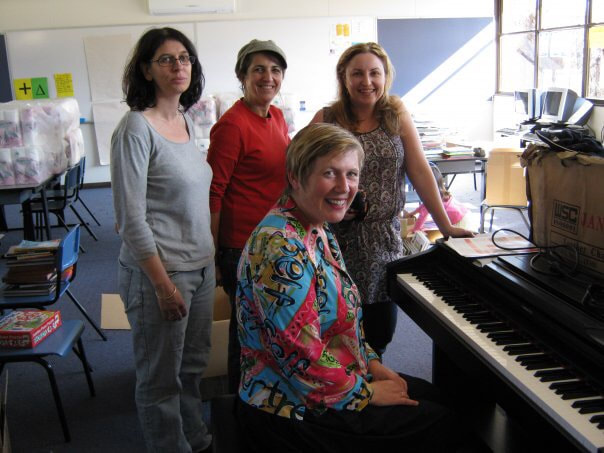
















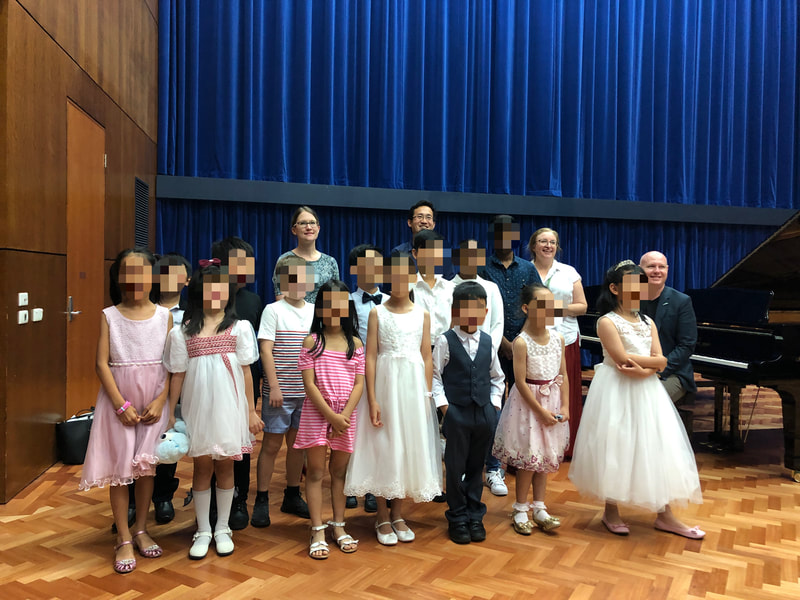



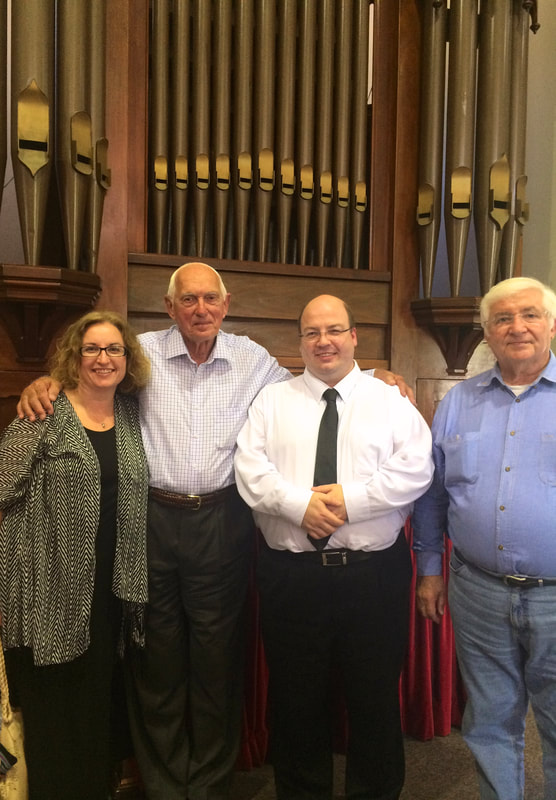

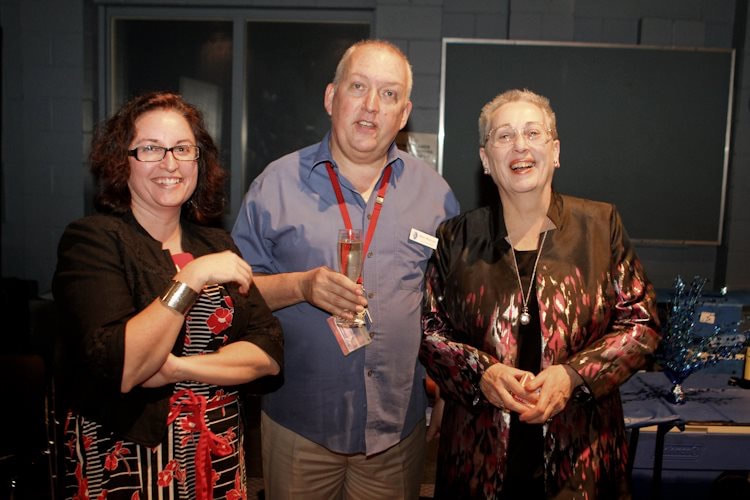







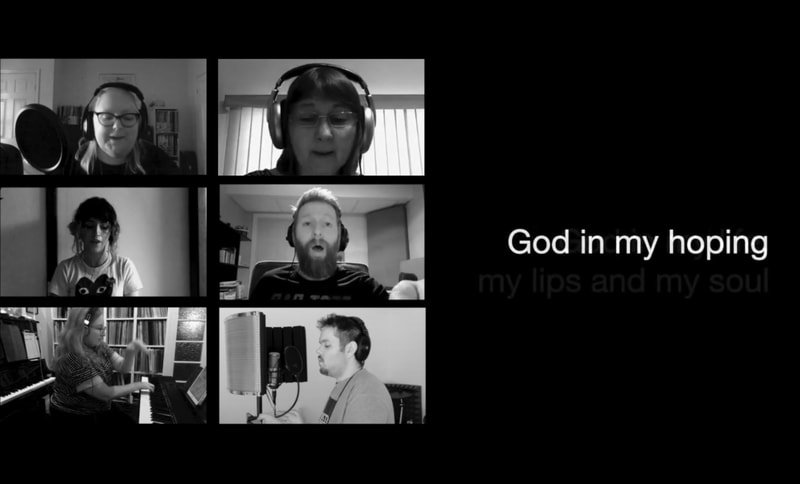

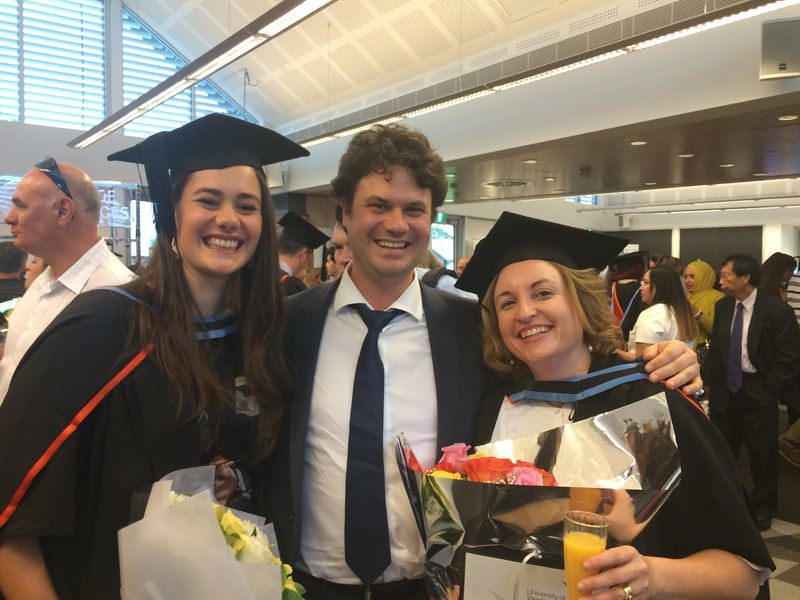




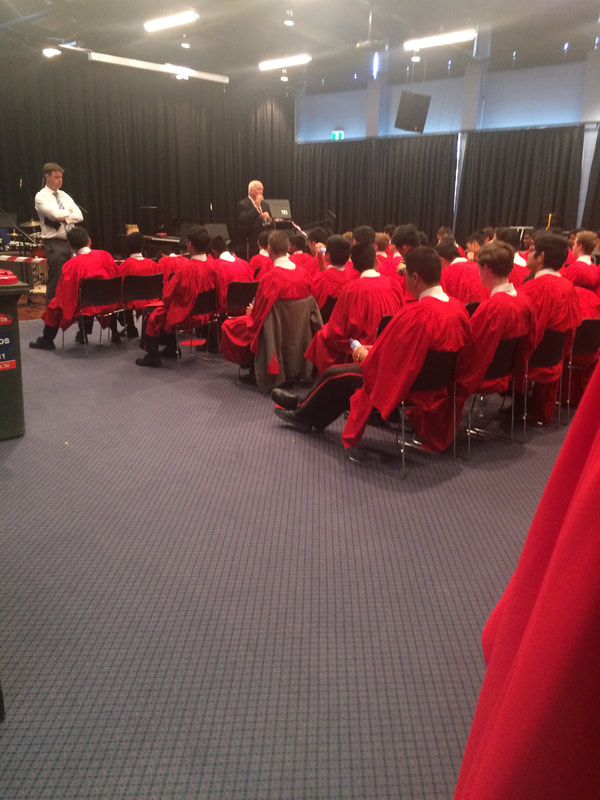


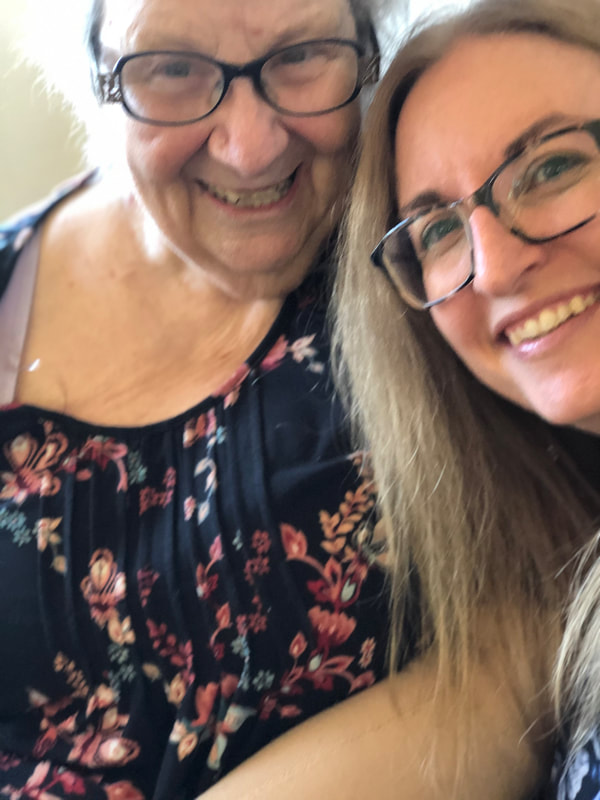





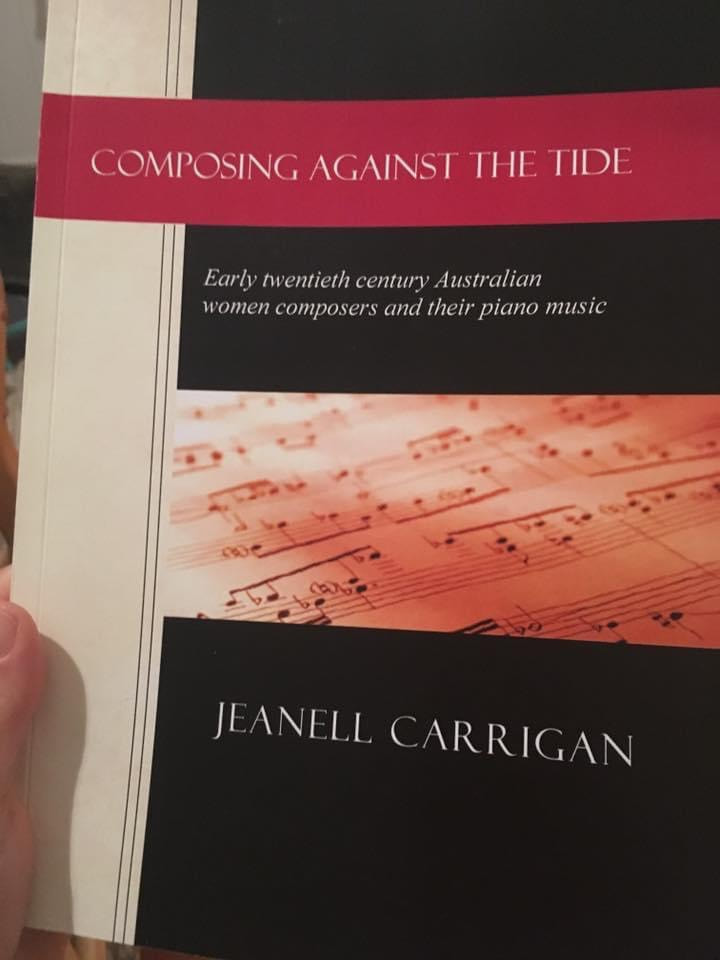
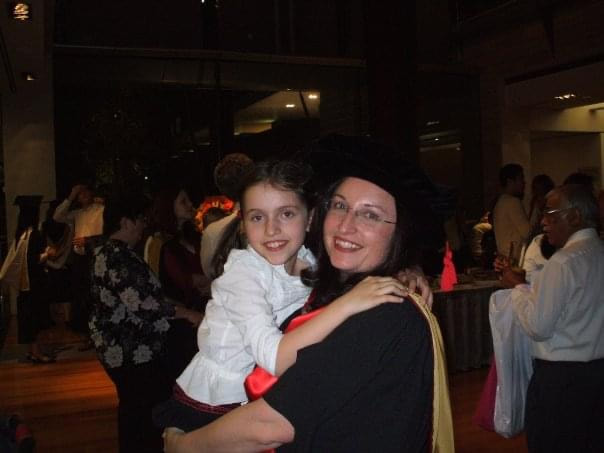












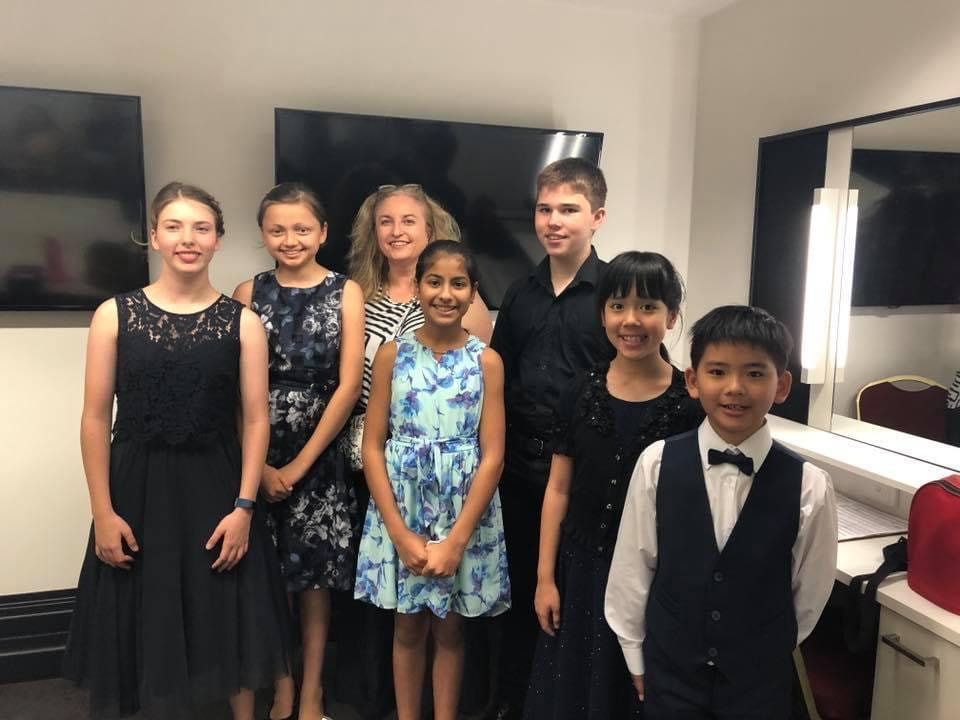


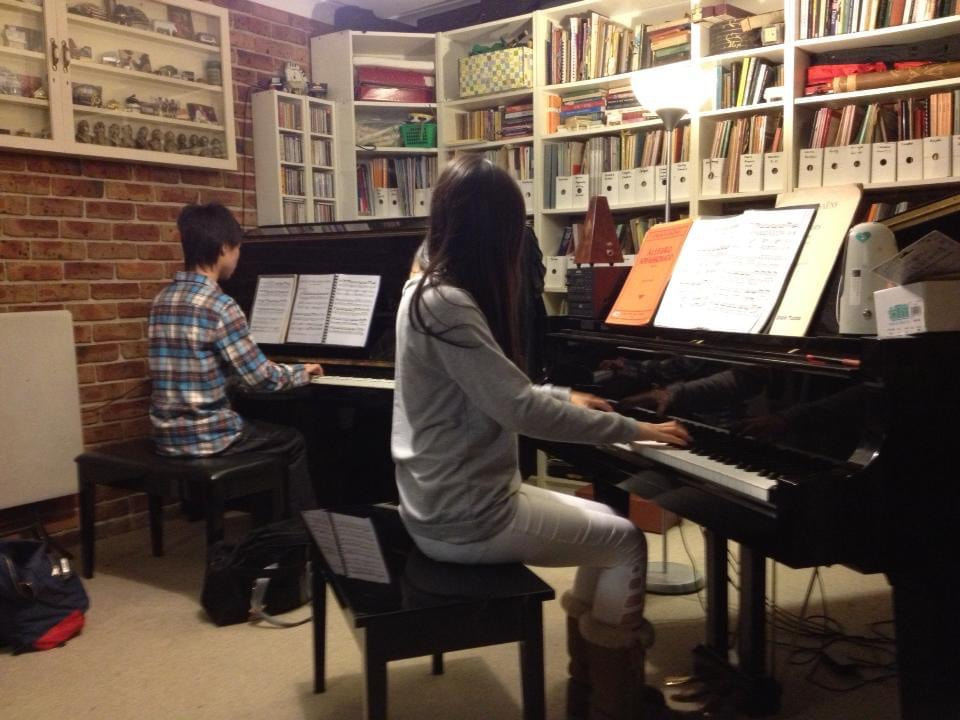


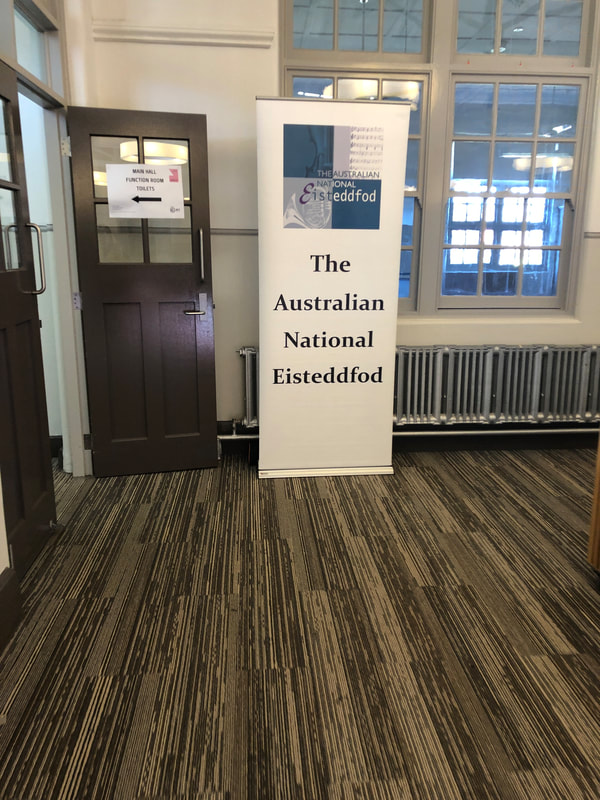





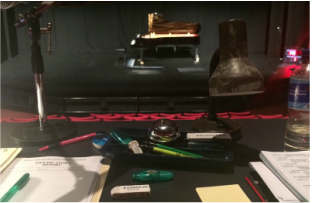


 RSS Feed
RSS Feed